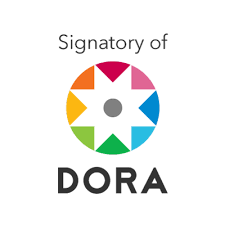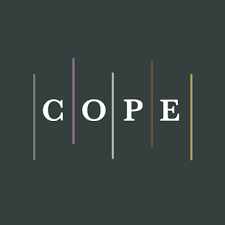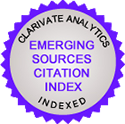 Important notice
Important notice
This journal’s website is currently being updated. During this period, the site will remain accessible and fully navigable, but any changes or uploads made online will not be saved.
If you have any questions, please contact the journal’s editorial team by email.



1.jpg)

3.png)




















